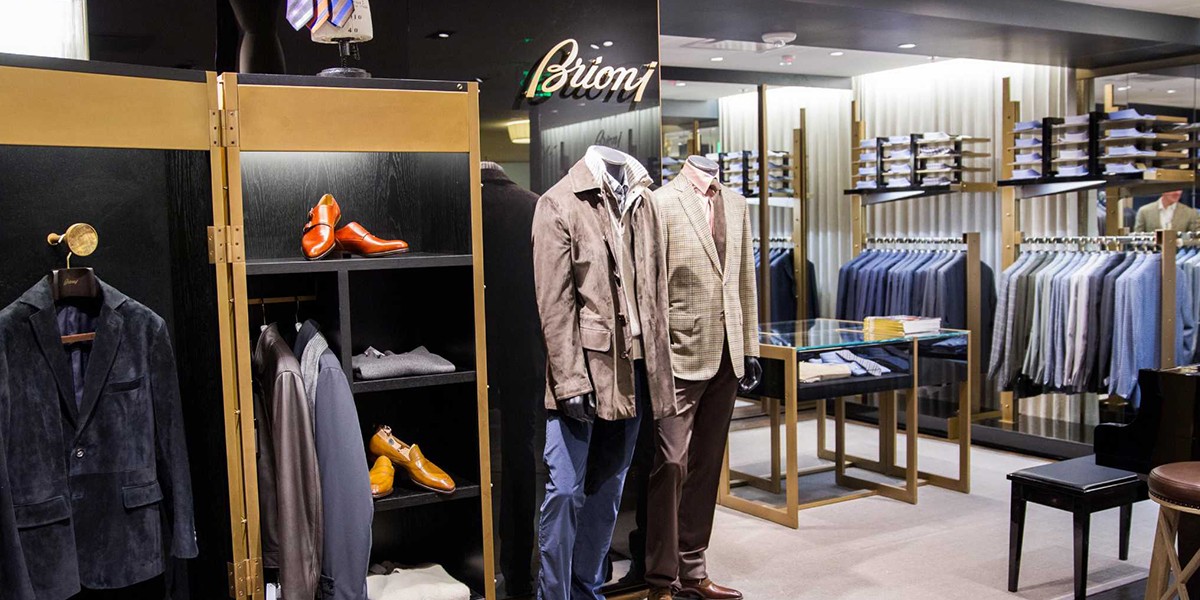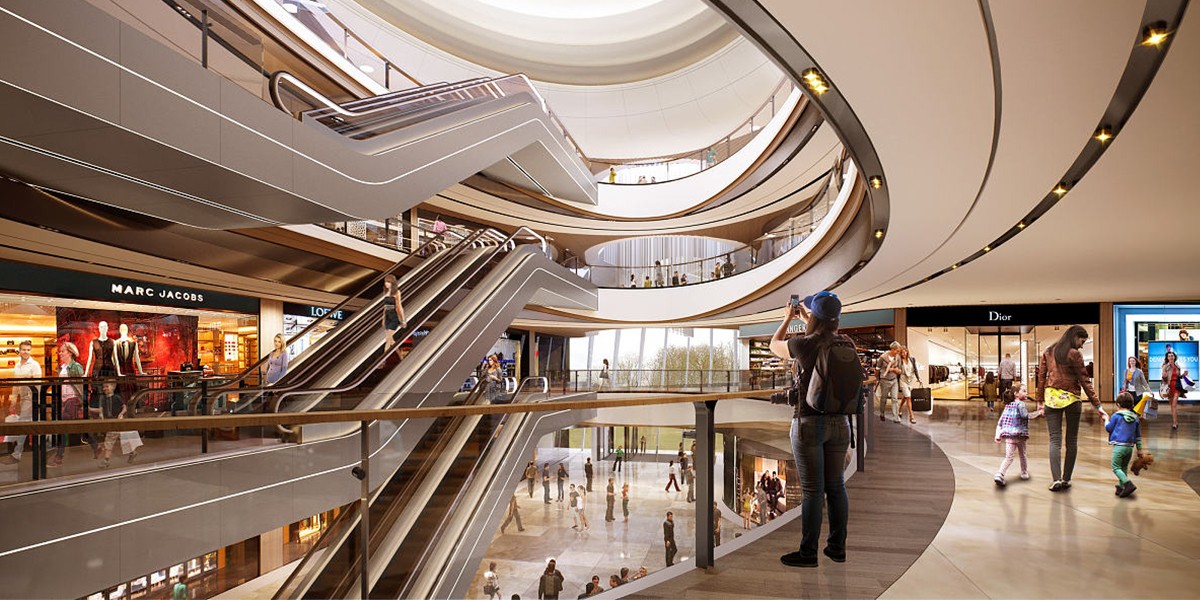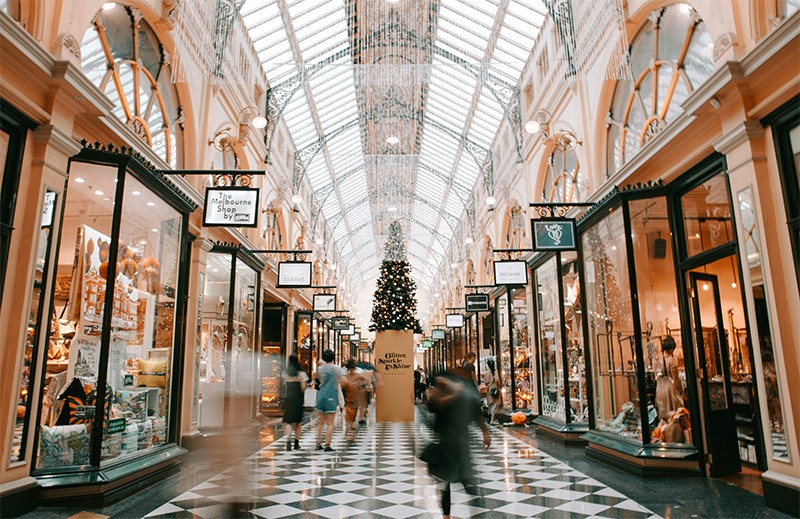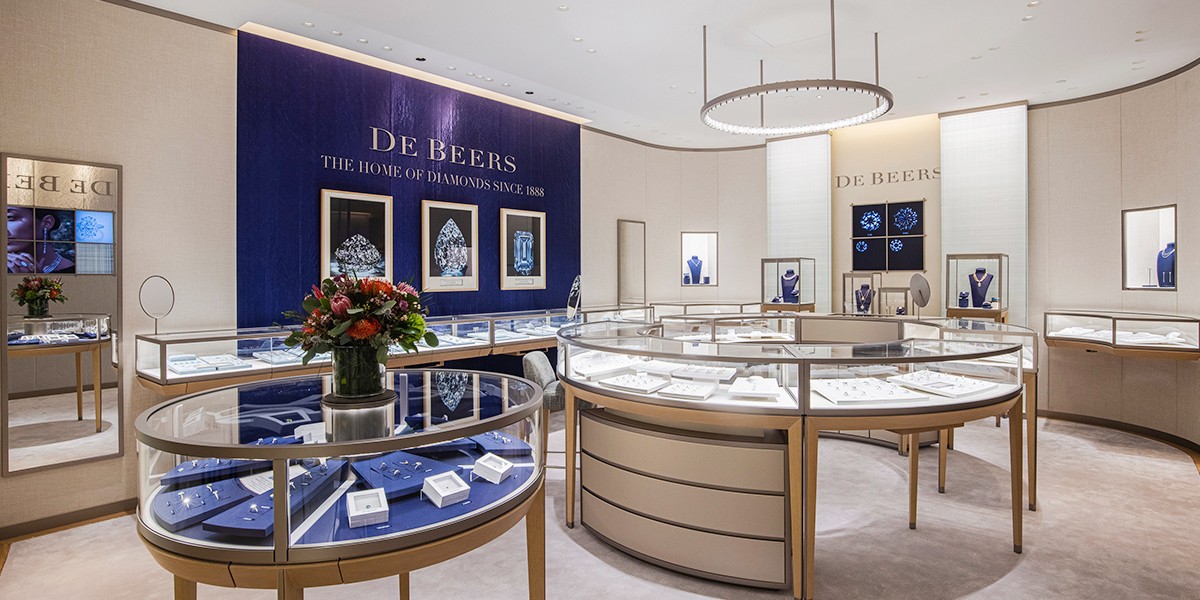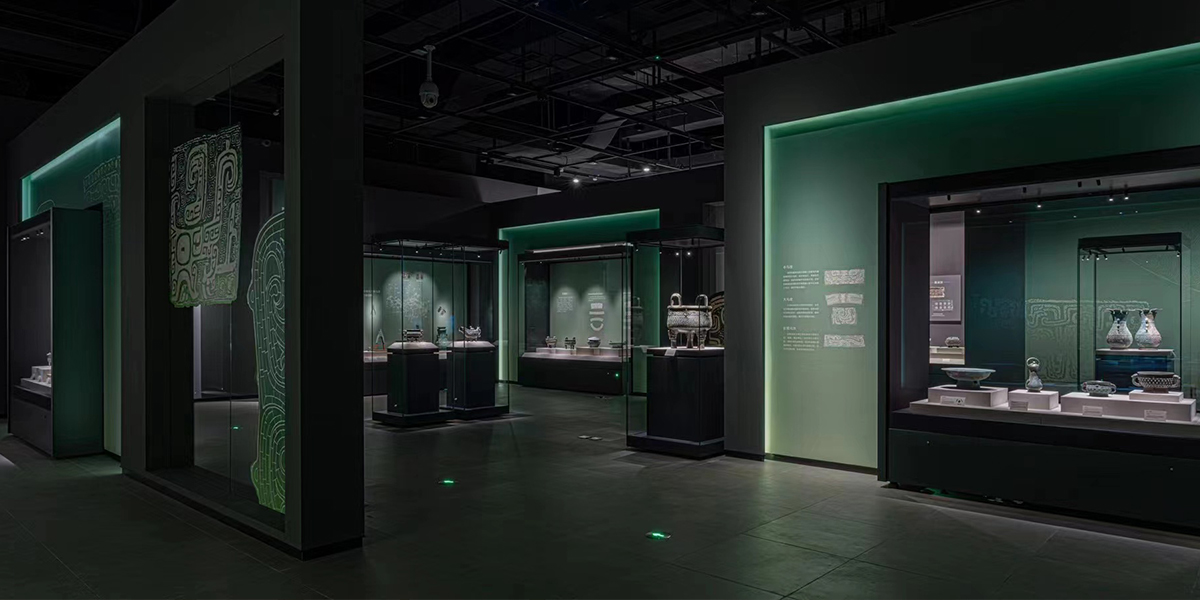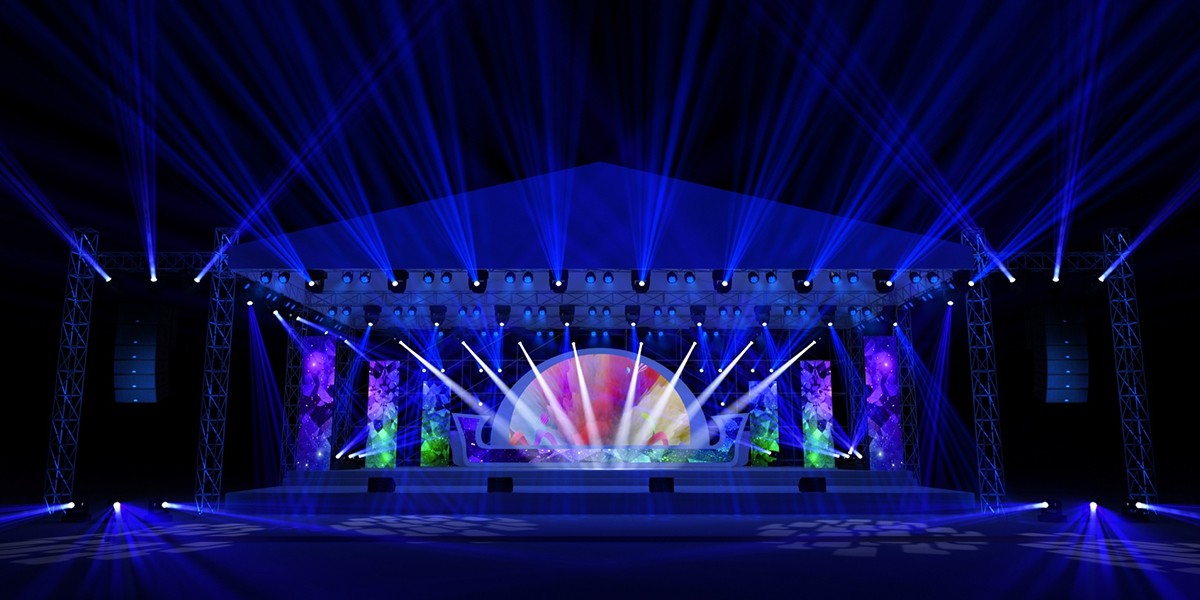According to Chinese standards, stores are divided into three categories: large, medium, and small. The terms related to commercial buildings are the basis for the design of commercial buildings, and are now explained separately as follows:
(1) Department Stores: Sell a variety of products in multiple colors (mainly industrial products).
(2) Shopping Malls: Stores or malls selling civilian goods.
(3) Specialty Stores: Stores that specialize in selling a certain type of product, such as clothing stores, appliance stores, pharmacies, etc.
(4) Vegetable Market Type: Places or shops selling vegetables, meat, poultry, eggs, aquatic products, and staple foods.
(5) Self-Service Stores: Places where customers are open to selecting products directly and paying according to the marked price (supermarkets).
(6) Jointly Operated Stores: Business premises where various shops and stalls are concentrated together, which may also coexist with department stores or be attached to service businesses such as dining and repair.
(7) Pedestrian Commercial Streets: Pedestrian streets set up for shopping, dining, entertainment, beauty, and relaxation. Motor vehicles are prohibited from driving on pedestrian streets without permission.
Department Stores
The lighting of department stores is an effective tool to reflect the taste and image of the shopping mall. Its design changes with the indoor goods content. The general lighting of department stores is generally divided into the following areas: general indoor lighting, display lighting, and other area lighting.
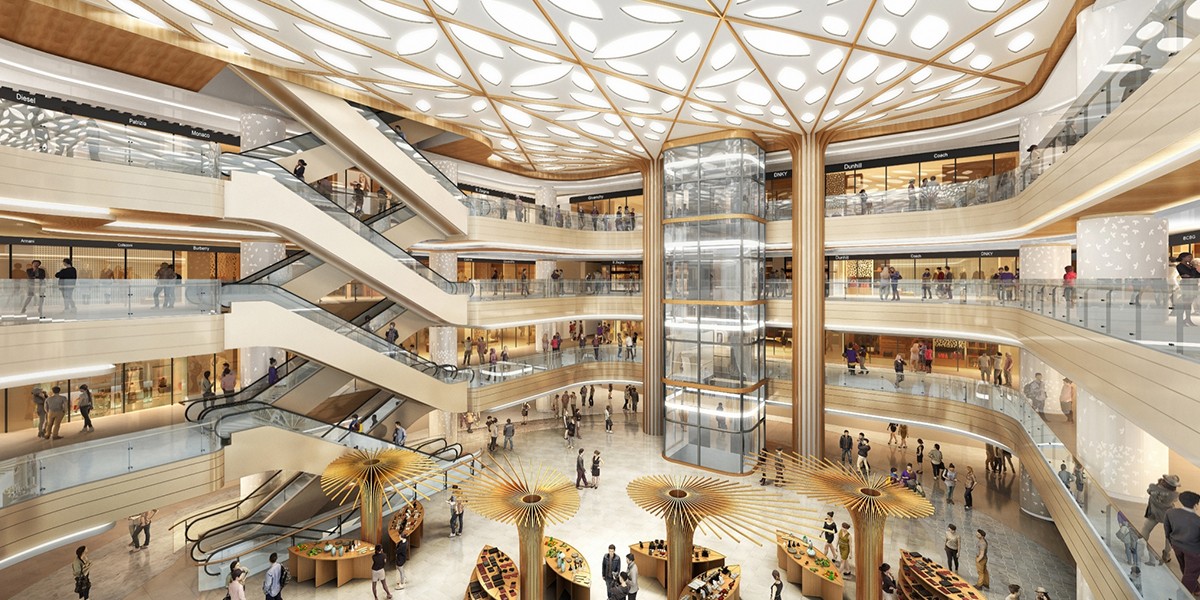
As department stores provide platforms for various brands to display and sell products, the emphasis when constructing department stores is on general lighting. To ensure a high turnover rate of department stores, the general lighting level requirements are relatively high. However, to meet the proportion of lighting between the display area and the general area, the average illumination of general lighting should also be moderate and not excessively high. For high-end department stores, the average horizontal illuminance of general lighting should be controlled at 500lx, which aligns with international standards; for general department stores, an average illuminance of 300lx for general lighting is sufficient. The color rendering index (CRI) of general lighting in department stores should be Ra>80, and depending on actual requirements, the color temperature should range from 3000 to 6000K.
Supermarkets
Supermarkets, also known as self-service stores, allow customers to freely select and purchase goods in the store and then pay at the checkout. They generally consist of the following areas: department area, fresh goods area, fruits and vegetables area, storage area, office area, dining rest area, outdoor and road advertising area, etc. The operation of a warehousing supermarket depends on customer traffic, so a relatively high lighting level is required to avoid overcrowding. Lighting can create an overall atmosphere in supermarkets and also help distinguish different product categories. High-end supermarkets require an average horizontal illuminance of 500lx, while general supermarkets require an average horizontal illuminance of 300lx, and uniformity of illumination must be achieved.

In the department area, a relatively high color temperature is required. In the food area, people are increasingly concerned about nutrition and health and prefer fresh goods, which have seen a significant increase in sales. Meanwhile, due to the accelerated pace of modern life, people prefer convenient and efficient shopping methods for daily necessities. To make the illuminated objects appear fresher, a color temperature of around 3000 to 4000K is generally chosen.
Specialty Stores
In the retail industry, more and more companies are choosing specialty stores or flagship stores as their operating model. This method involves unified brand planning or design, and a sales network is established through franchising.
These types of lighting can be divided into: window lighting, general lighting of the store, emphasis lighting, and special function lighting (such as cashier areas).
The illumination requirements of specialty stores are higher than those of department stores. For key areas and important products, specialty stores have higher requirements for emphasis lighting, which may be twice as high as those of department stores; the color temperature of specialty stores is slightly warmer, and the color rendering index also needs to be higher. These two tables actually reflect the difference between general store and specialty store lighting.
